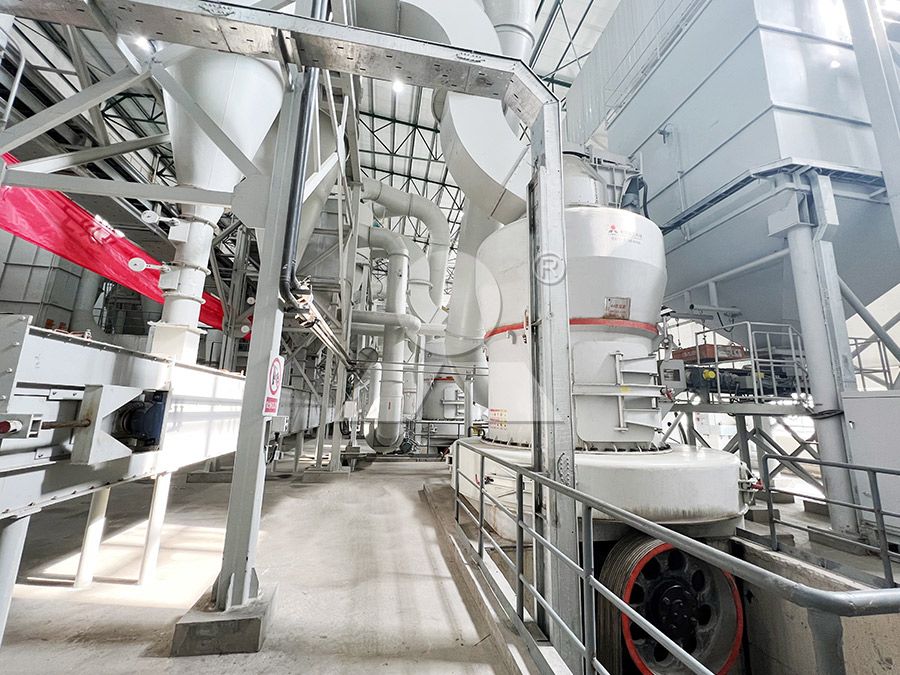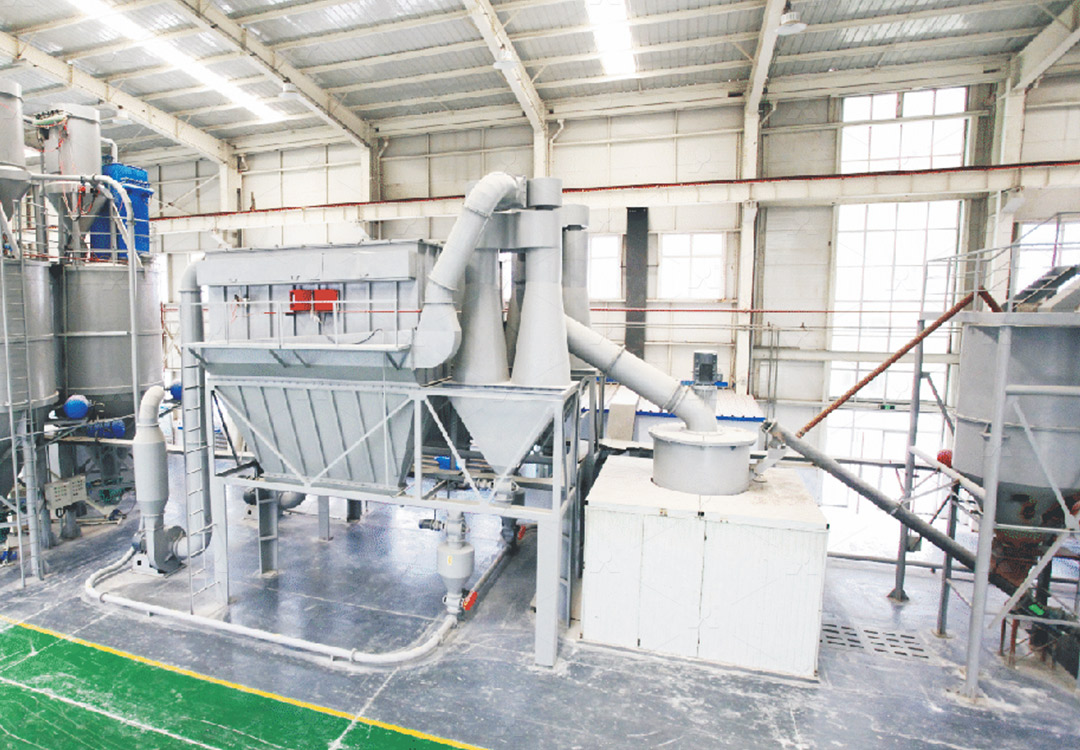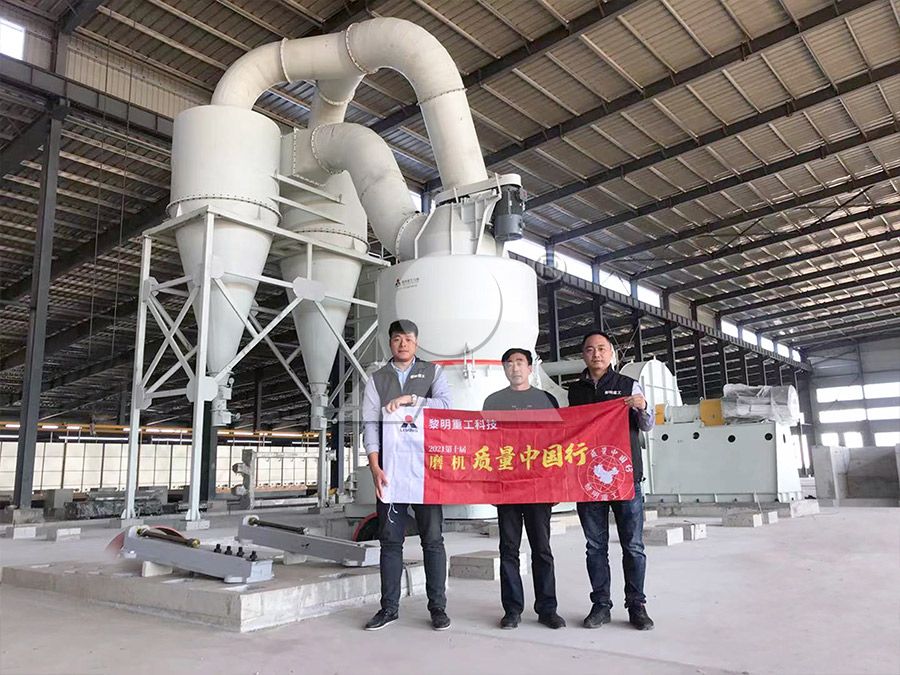Raymond Mill for Limestone Grinding in Chizhou, Anhui
Raymond Mill for Limestone Grinding in Chizhou, Anhui
Nestled in the mineral-rich region of Chizhou, Anhui, limestone processing operations face unique challenges in achieving optimal particle size distribution while maintaining operational efficiency. For decades, Raymond Mill technology has served as the backbone of limestone grinding operations worldwide, offering reliable performance for medium-fine powder production.
The geological composition of Chizhou limestone deposits varies significantly across different quarries, requiring grinding equipment capable of handling diverse material characteristics. Traditional Raymond Mills have proven effective for producing powders in the 80-325 mesh range, making them suitable for numerous industrial applications including construction materials, chemical additives, and agricultural supplements.

Modern operations, however, increasingly demand finer powders and enhanced production efficiency. This evolution has driven technological advancements in grinding mill design, particularly for operations requiring ultra-fine powder production with tight particle distribution control.
Advanced Solutions for Modern Grinding Requirements
While traditional Raymond Mills continue to serve many operations effectively, facilities requiring higher precision and finer outputs now have superior alternatives. For operations in Chizhou seeking to upgrade their limestone processing capabilities, the MW Ultrafine Grinding Mill presents an exceptional solution.
This advanced grinding system operates with an input size of 0-20 mm and capacity ranging from 0.5-25 tph, making it suitable for both small and medium-scale operations. What truly distinguishes this equipment is its ability to produce powders between 325-2500 meshes – far exceeding the capabilities of conventional Raymond Mills.
The MW Ultrafine Grinding Mill incorporates several innovative features that directly address common challenges in limestone processing:
- Higher yielding with 40% increased production capacity compared to jet grinding mills
- Lower energy consumption, using only 30% of the power required by jet grinding systems
- No rolling bearings or screws in the grinding chamber, eliminating common failure points
- Efficient pulse dust collection for environmentally compliant operation

Operational Advantages in Chizhou’s Context
The specific limestone characteristics found in Chizhou deposits – including varying hardness and moisture content – benefit particularly from the MW Mill’s advanced grinding curve design. The newly engineered grinding curves of the roller and ring assembly enhance grinding efficiency significantly, while the German-designed cage-type powder selector ensures precise particle separation.
For operations requiring alternative solutions, the LUM Ultrafine Vertical Grinding Mill offers another technologically advanced option. With input size of 0-10 mm and capacity of 5-18 tph, this mill integrates the latest grinding roller technology from Taiwan with German powder separating technology. Its unique roller shell and lining plate grinding curve design generates material layers more effectively, enabling high rates of finished products through single-pass powder milling.
Both the MW and LUM mills feature digitalized processing with numerically controlled operations for steel plate cutting, bending, planing, milling, and paint spraying. This manufacturing precision ensures consistent performance and reliability – crucial factors for operations in remote locations like Chizhou where maintenance support may not be immediately available.
Environmental Compliance and Sustainable Operation
Environmental considerations are increasingly important for mining operations in Anhui province. The integrated dust collection systems in modern grinding mills address these concerns effectively. The MW Ultrafine Grinding Mill’s efficient pulse dust collector, combined with silencer and noise elimination features, ensures full compliance with national environmental protection standards.

The lubrication system installed outside the main shaft allows for external lubrication without shutdown, enabling continuous 24-hour operation that maximizes production throughput while minimizing operational disruptions.
Frequently Asked Questions
What is the typical production capacity of the MW Ultrafine Grinding Mill for limestone processing?
The MW Ultrafine Grinding Mill offers capacity ranging from 0.5 to 25 tph, depending on the specific limestone characteristics and required fineness. Most Chizhou limestone operations achieve throughput in the 15-20 tph range for standard applications.
How does the fineness adjustment work on modern grinding mills?
The MW Mill features a cage-type powder selector that allows precise fineness adjustment between 325-2500 meshes. The multi-head cage-type powder selector can be configured according to specific production requirements for yield, fineness, and sieving rate.
What maintenance advantages do these mills offer compared to traditional Raymond Mills?
The absence of rolling bearings and screws in the grinding chamber eliminates common failure points. Additionally, the external lubrication system enables maintenance without production shutdown, significantly reducing operational downtime.
How do these mills address environmental concerns?
Advanced pulse dust collectors ensure no dust pollution during operation, while silencers and noise elimination rooms reduce acoustic impact. The systems are designed to fully comply with national environmental protection standards.
What technical support is available for operations in Chizhou?
Complete technical services and original spare parts are available to ensure worry-free operation. The manufacturer provides comprehensive support for installation, operation, and maintenance throughout the equipment lifecycle.
